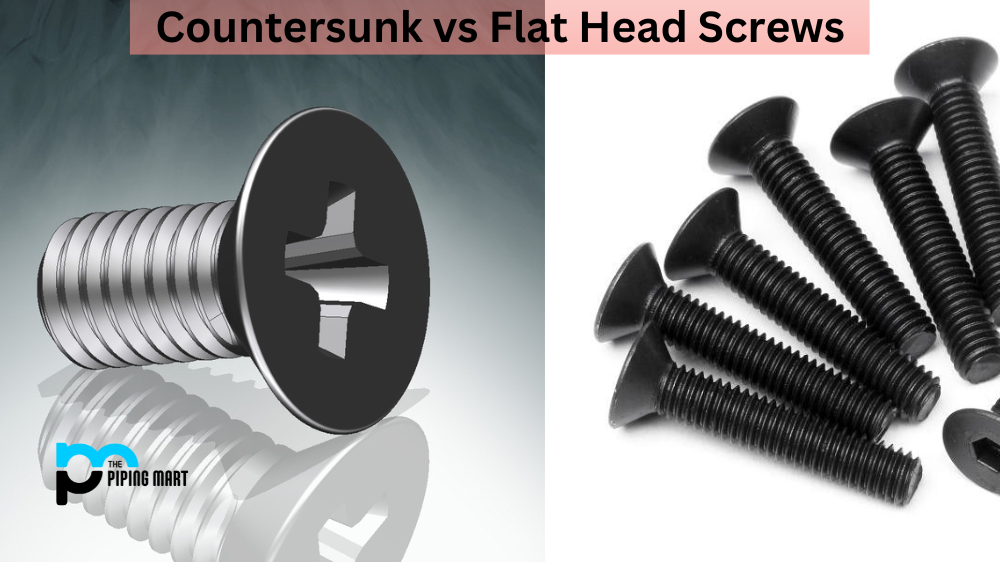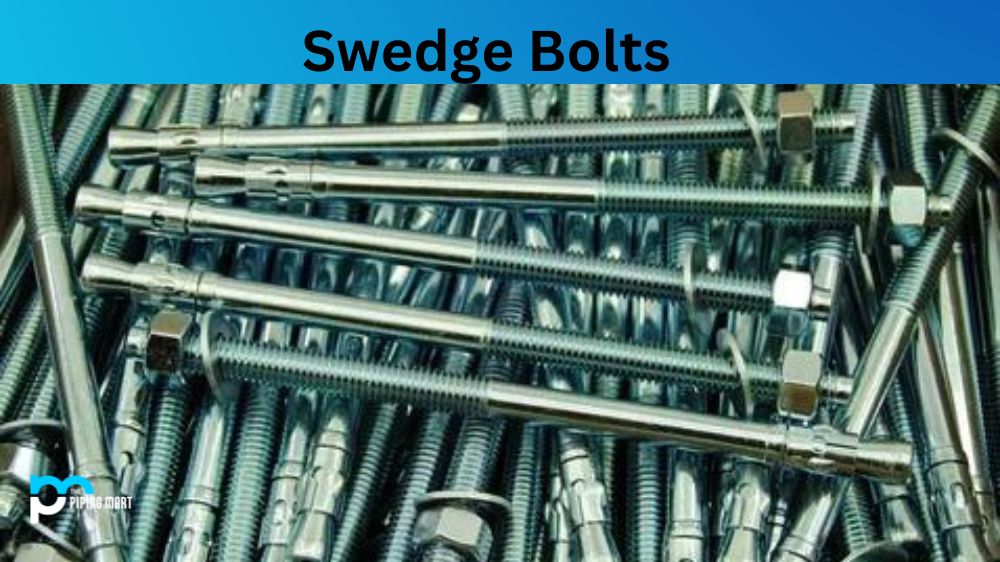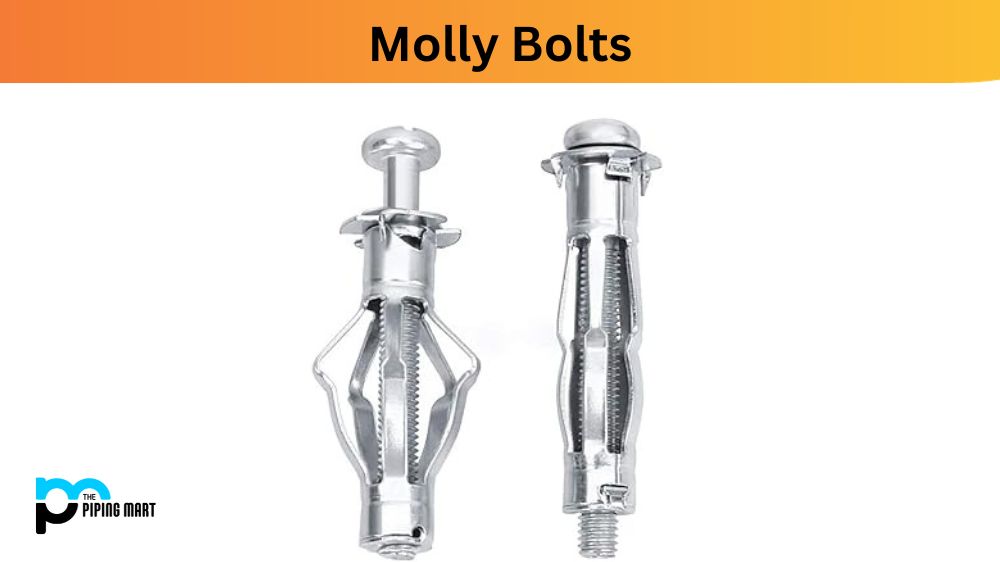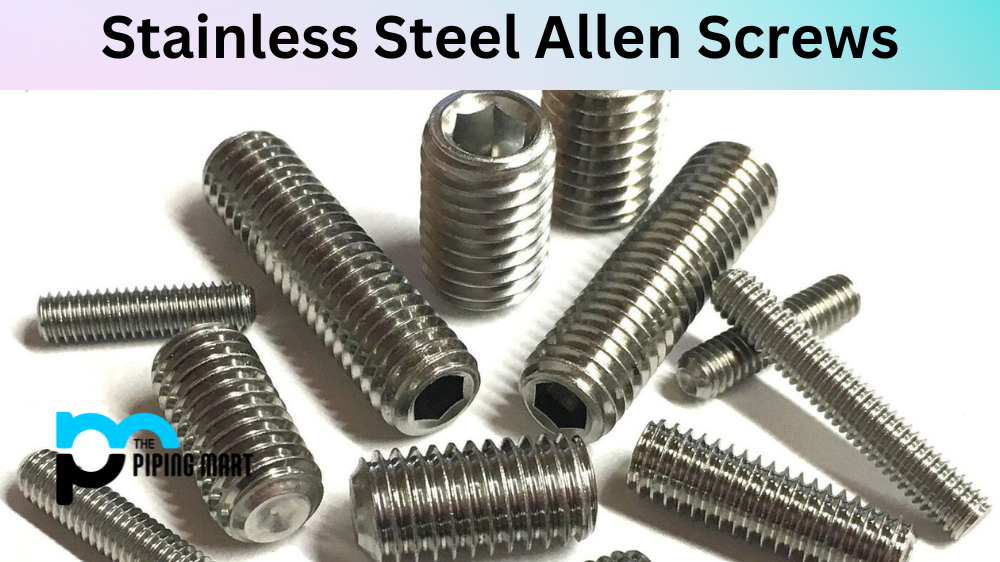As a carpenter, you know that understanding the different types of screws is essential for completing a job correctly. There are wide varieties of screws to choose from, but two of the most popular are countersunk and flathead screws. Knowing which type of screw to use in any given situation can help you ensure your projects are done right the first time.
Countersunk Screw
Countersunk screws have a conical shape with an angled head. The angle slopes downward so that when it’s screwed into place, the head is flush with the surface of whatever material it’s being attached to. This makes them ideal for applications where aesthetics are important since they leave a smooth finish on the surface. You can also use them to attach materials such as wood or plastic without having to worry about them sticking out or causing unevenness.
Flat Head Screw
Flathead screws have heads that sit above the surface when they’re screwed in. They have a wider diameter than countersunk screws, which makes them great for applications where strength is necessary. Unlike countersunk screws, flathead screws don’t need to be pre-drilled in order to be installed properly; instead, their heads provide enough space for tools like screwdrivers and wrenches to fit securely around them. This makes them easier and quicker to install than their counterparts.
Difference Between Countersunk and Flat Head Screw
- Countersunk screws have a conical shape that allows them to sit flush with the surface of the material they are being used to fasten.
- Flat head screws have a flat top that sits above the surface of the material they are being used to fasten.
- Countersunk screws are typically used when a smooth, finished look is desired.
- Flathead screws are typically used when a more industrial look is desired.
- Countersunk screws are less likely to strip than flathead screws.
- Flathead screws are more likely to slip out than countersunk screws.
Conclusion:
For most carpentry jobs, knowing how to differentiate between countersunk and flathead screws is key. While both types offer advantages depending on your specific application, there are some general differences between them that should help you determine which one would work best for your project needs. Countersunk screws provide a clean aesthetic look, while flathead screws offer increased strength and ease of installation. With these tips in mind, you’ll be able to choose the right type of screw every time!

A passionate metal industry expert and blogger. With over 5 years of experience in the field, Palak brings a wealth of knowledge and insight to her writing. Whether discussing the latest trends in the metal industry or sharing tips, she is dedicated to helping others succeed in the metal industry.




